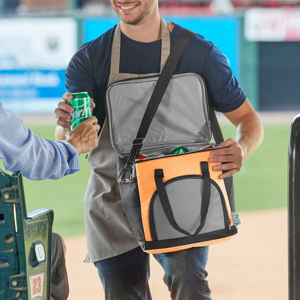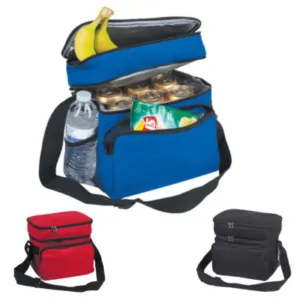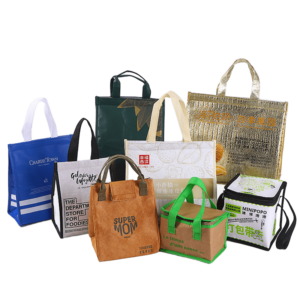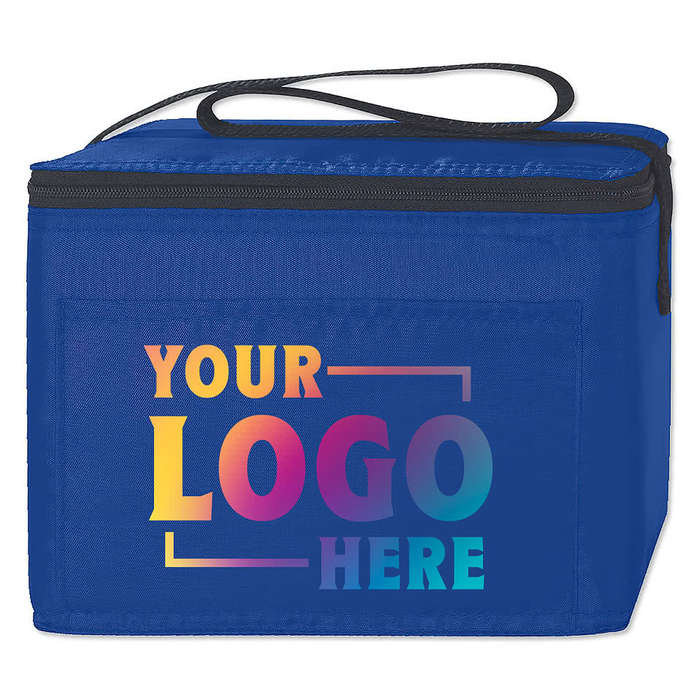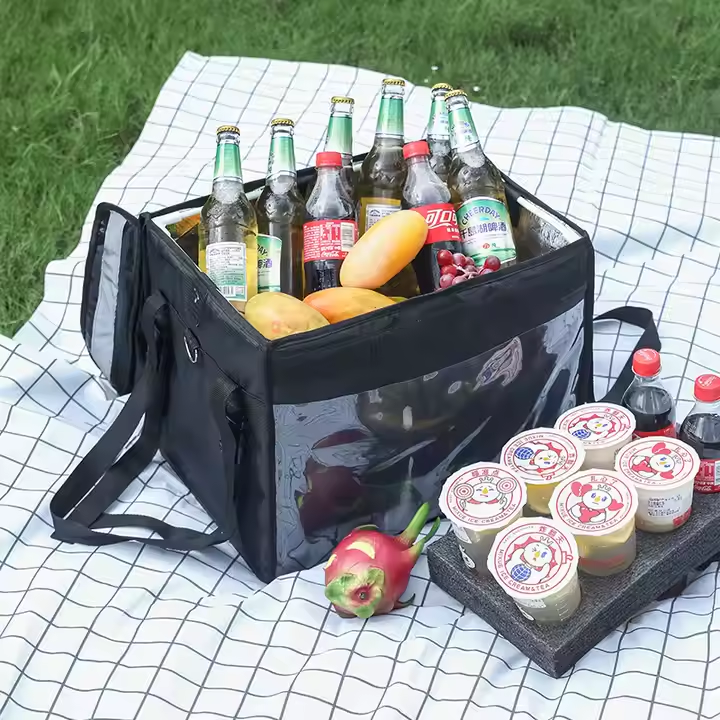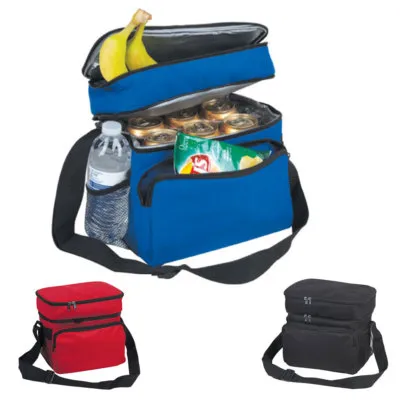This article explores the top 8 challenges that non-woven bag exporters face today. These challenges span economic, logistical, and environmental domains. Understanding them helps stakeholders better navigate the global packaging market.
Top 8 Challenges Faced by Non-Woven Bag Exporters
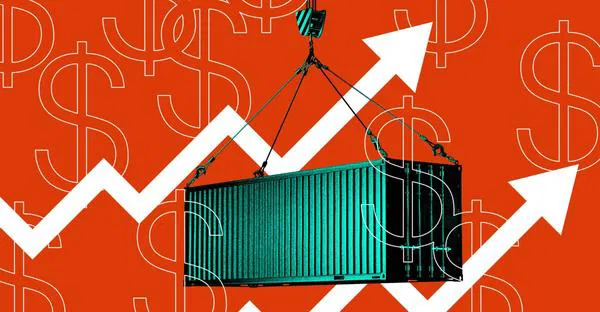
Non-woven bag exporters struggle with rising costs, logistics delays, environmental pressures, and intense market competition.
Read on to understand each challenge in depth and how it shapes the global non-woven bag market.
Volatility in Raw Material Prices
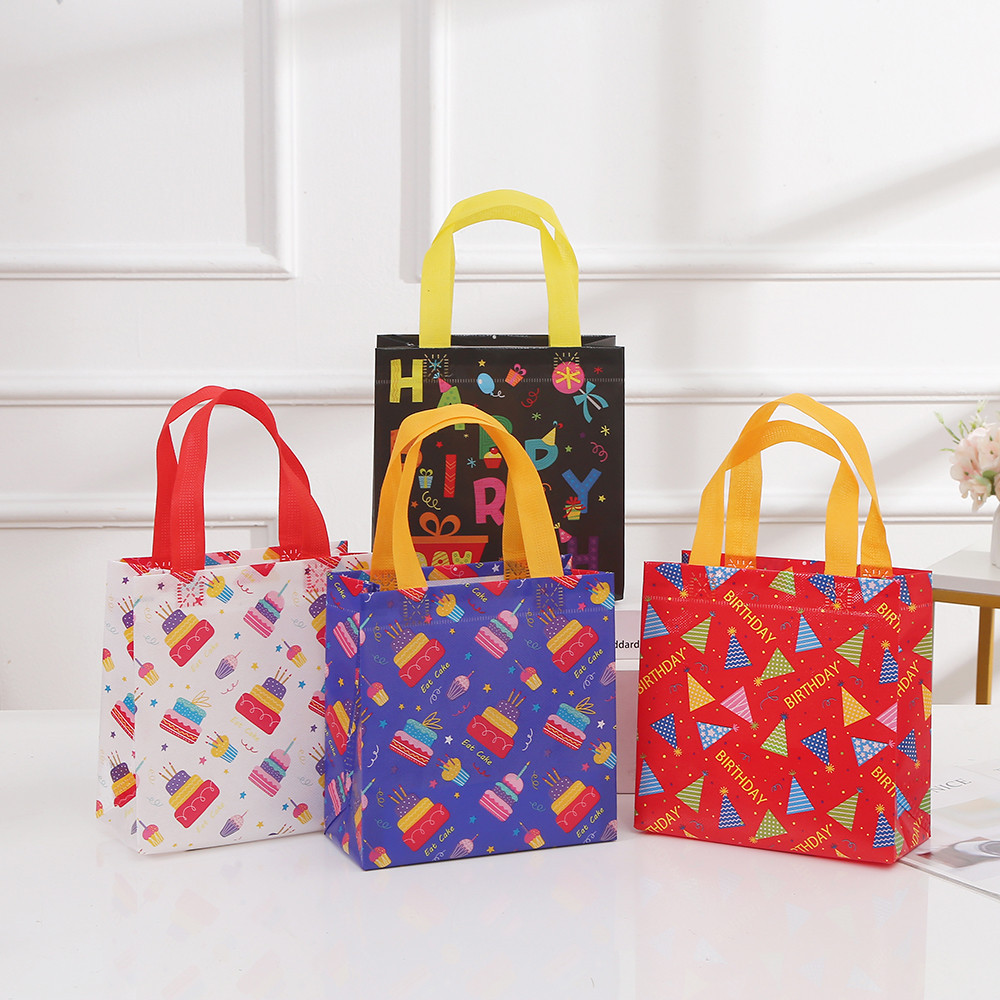
Polypropylene, the base material in non-woven bags, is derived from petroleum. Its price changes frequently, affecting production budgets. These fluctuations force exporters to constantly adjust pricing, which can alienate buyers or shrink profit margins. This instability makes long-term contracts difficult.
Impact of Material Volatility
| Factor | Effect on Exporters |
|---|---|
| Oil Price Increase | Higher production cost |
| Price Volatility | Unstable profit margins |
| Contract Challenges | Hard to set stable export prices |
| Buyer Reactions | Potential shift to alternative products |
To manage this, exporters can negotiate long-term supply deals or diversify their raw material sources. But such strategies require capital and operational flexibility, which not all suppliers have.
Supply Chain and Logistical Issues
Global logistics have become less predictable. Exporters face port delays, container shortages, and regulatory changes. These disrupt delivery schedules and increase costs. Clients may turn to local alternatives if timelines are missed.
Logistical Pain Points
| Challenge | Result |
|---|---|
| Port Congestion | Delivery Delays |
| Freight Rate Spikes | Increased Cost |
| Export Documentation | Regulatory Barriers |
| Pandemic/Geo-political | Disrupted Routes |
Smart warehousing and diversified shipping routes can help. Still, small exporters may lack access to advanced logistics networks.
Environmental and Sustainability Concerns
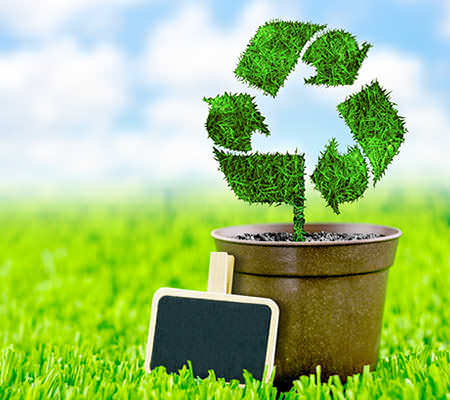
Despite branding, many non-woven bags are not biodegradable. Critics argue that if improperly disposed, these bags harm ecosystems. Exporters are under pressure to adopt organic alternatives or invest in recycling education.
Consumer Perception vs Reality
| Claim | Reality |
|---|---|
| “Eco-friendly” label | Often not biodegradable |
| Public Expectation | Fully green product |
| Regulatory Trends | Move toward strict labeling |
Adopting certified compostable options can align branding with substance, but this increases production costs and changes manufacturing workflows.
Recycling and Disposal Challenges
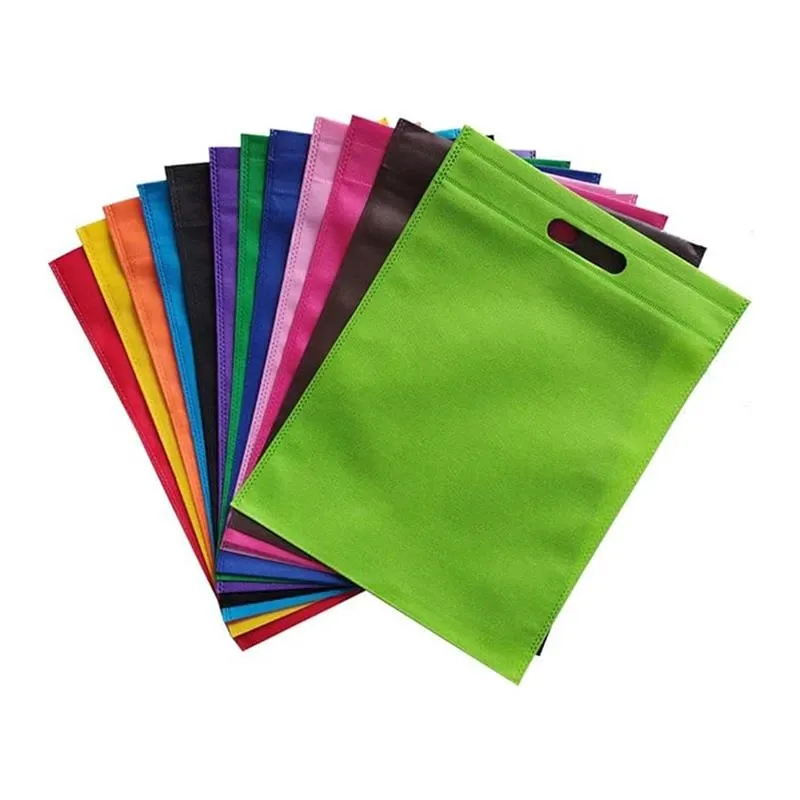
Recycling infrastructure for non-woven bags is poor in many countries. Bags often end up in landfills. Consumer behavior also plays a role, as few know how to dispose of these bags correctly. This diminishes their environmental value.
Disposal Pipeline Breakdown
| Stage | Common Issue |
|---|---|
| Consumer Use | Misuse or one-time usage |
| Disposal | Thrown in general trash |
| Municipal Recycling | Inability to process mixed material |
| End Life | Landfill or ocean pollution |
Exporters must partner with end-market educators and develop easy-to-recycle designs, possibly marked with disposal instructions.
Competition from Alternative Packaging Materials

Materials like paper, bamboo, and bioplastics are becoming more attractive. They are perceived as more sustainable. Exporters of non-woven bags must work harder to highlight advantages like durability, reusability, and custom branding.
Material Comparison
| Feature | Non-Woven Bags | Paper | Bioplastics |
|---|---|---|---|
| Durability | High | Low | Medium |
| Branding Options | Excellent | Medium | Low |
| Biodegradability | Low | High | High |
| Water Resistance | High | Low | Medium |
Differentiation through product design and targeted marketing is critical to stay competitive.
Low Profit Margins Due to Price Competition
The low cost of entry has led to many players in the market. Price wars are common. Buyers often select the cheapest supplier, which puts pressure on quality and service.
Margin Squeeze Factors
| Source of Pressure | Effect |
|---|---|
| Market Oversaturation | Undercutting prices |
| High Operating Costs | Less room for discounts |
| Buyer Price Sensitivity | Narrow negotiation scope |
To survive, exporters need to focus on value-added services like design customization or sustainable certifications that justify premium pricing.
Consumer Awareness and Market Education
Consumers often misunderstand what non-woven bags are and how to use them sustainably. Many still treat them as disposable. In low-awareness regions, market uptake remains slow.
Awareness Gaps
| Issue | Impact |
|---|---|
| Misunderstanding of Material | Underutilization |
| Limited Education Campaigns | Poor disposal habits |
| Weak Brand Messaging | No perceived advantage |
Educational campaigns and clear labeling can bridge this gap, but these require collaboration with distributors and retailers.
Product Quality and Design Limitations
Some non-woven bags lack the durability and aesthetic appeal needed to compete with canvas or high-end totes. Adding visual appeal through printing or lamination increases costs. Exporters must strike a balance between quality, cost, and customization.
Product Limitation Matrix
| Weakness | Consequence |
|---|---|
| Thin Material | Wear and tear |
| Limited Styles | Lower retail appeal |
| High Customization Cost | Reduced profitability |
Advanced printing technology and improved stitching methods can help, but these upgrades must be economically viable at scale.
Conclusion
Non-woven bag exporters face complex and interlinked challenges. From raw material instability to low consumer awareness, each issue requires targeted strategies. I’ve seen how even strong producers struggle without strong logistics or brand education. Companies that invest in sustainability, educate their markets, and differentiate through design will gain the upper hand.
What challenges have you faced in exporting? Share your thoughts in the comments.




